Western painted turtles typically don’t wander far from their pond unless it is time to lay eggs. Finding two turtles on the West Side Road over Memorial Day weekend signaled that the females were looking for a suitable nesting location, which can be up to half-a-mile away from water.
Being a reptile, turtles lay eggs. Female painted turtles seek out a sunny, south-facing slope with sandy soil to dig a hole. Starting with her front legs and switching to her back legs, the female digs a hole four inches deep and two inches wide. She then lays six to 20 leathery eggs, covers them with soil, and then walks back to her pond.
The sun keeps the eggs warm and the rain keeps them moist until they hatch in the fall. Some of the hatchlings will travel to a pond right away, others will stay in the nest until spring.
Spring and early summer are when painted turtles are the most visible–basking on logs, rocks or vegetation mats. They tend to bask on objects surrounded by water to reduce their exposure to predators.
Basking keeps a turtle’s body warm. As a reptile, turtles are cold-blooded, meaning they are the temperature of their surroundings and cannot generate their own heat like us.
Basking in the sun allows the turtle to warm its muscles and move faster. Basking also helps turtles rid themselves of parasites, such as leeches, because they dry up and die in the sun.
At night, painted turtles swim down to the bottom of their pond and rest in the mud because water has a more constant temperature than the air and fewer predators.
As summer progresses and the water warms, turtles spend less time basking and more time foraging. They are opportunistic omnivores and feed on insects, snails, earthworms, frogs, tadpoles, algae and aquatic plants. Turtles swallow food underwater because swallowing dry food is difficult.
Studies show that painted turtles prefer animal food but eat whatever is available. Juveniles tend to be more carnivorous than adults and turtles living in northern latitudes consume more animal food than their southern counterparts.
Life in northern latitudes isn’t easy for a cold-blooded turtle. Northern populations mature later (closer to eight years of age instead of four) and reproduce less often but lay more eggs, grow bigger and grow faster.
Painted turtles can grow to the size of a dinner plate with females being larger (up to nine inches) than males (up to seven inches).
The brightly colored shells and skin colorings that lend to the western painted turtle’s name are similar for both males and females. The markings on the plastron (shell covering the belly) vary between individuals.
Certain anatomical differences distinguish males from females and having both males and females next to each other makes it easier to distinguish them.
First, males have longer front toenails than females. Secondly, males have a long, thick tail and females have a thin, short tail.
A third way to distinguish turtles almost requires holding the turtle (but be careful because they can urinate on you). The males rear vent is situated farther from the edge of the shell than the female’s vent.
One other difference is that adult females are the only ones crossing the road and risking their lives to perpetuate the population.

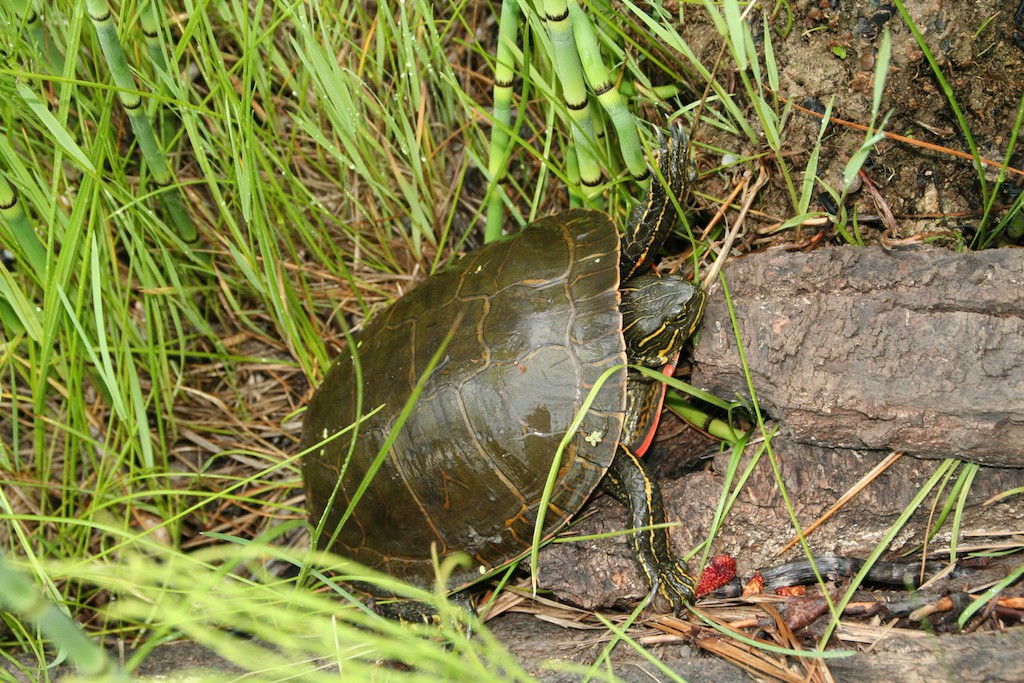
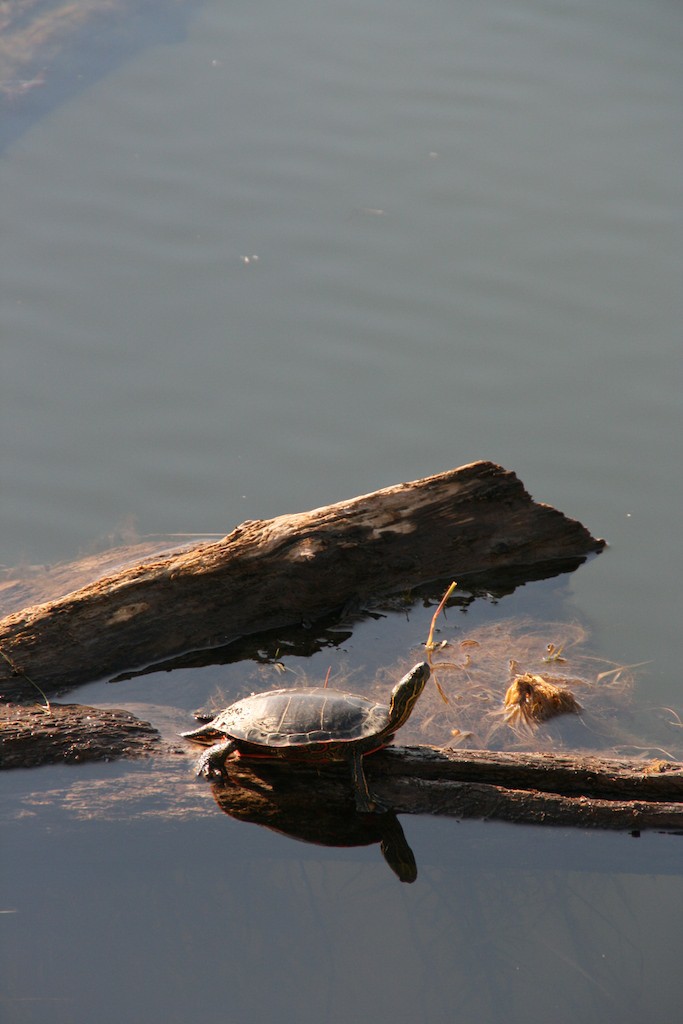
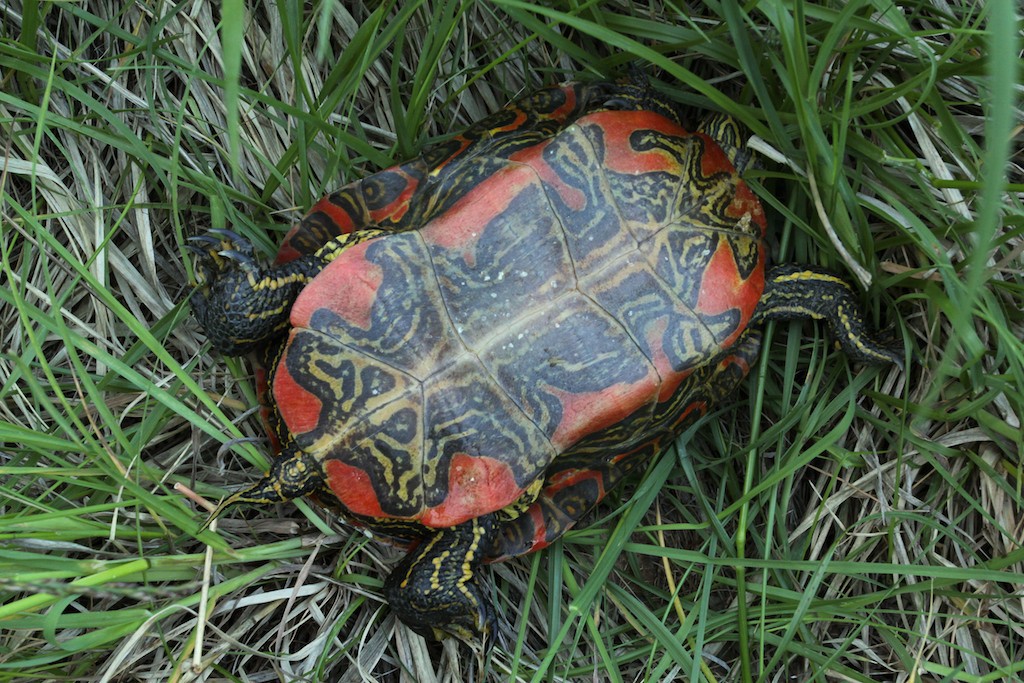
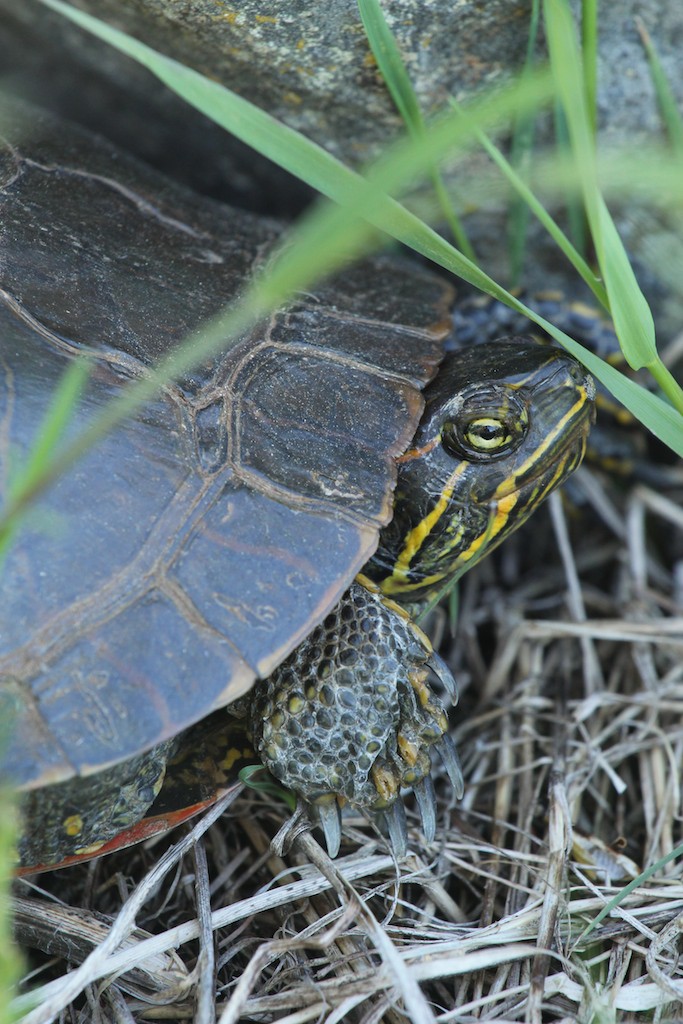
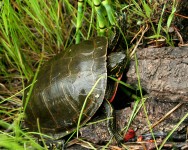
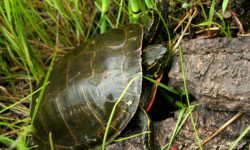
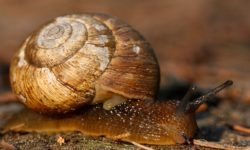
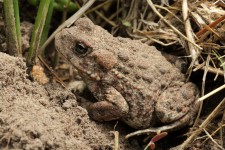
Fantastic website. A lot of helpful info here. I’m sending it to several pals ans additionally sharing in delicious. And naturally, thank you in your effort!
You actually make it seem really easy together with your presentation but I find this topic to be really something which I believe I’d by no means understand. It seems too complex and extremely extensive for me. I am taking a look ahead on your next publish, I¡¦ll attempt to get the dangle of it!
you’re in reality a excellent webmaster. The site loading speed is incredible. It kind of feels that you’re doing any distinctive trick. Also, The contents are masterwork. you have performed a great process in this topic!
Great website – we greatly appreciate the information you provide. This is a go-to site for us whenever we encounter a new critter! Thank you!
Thank you! I’m glad I can help.